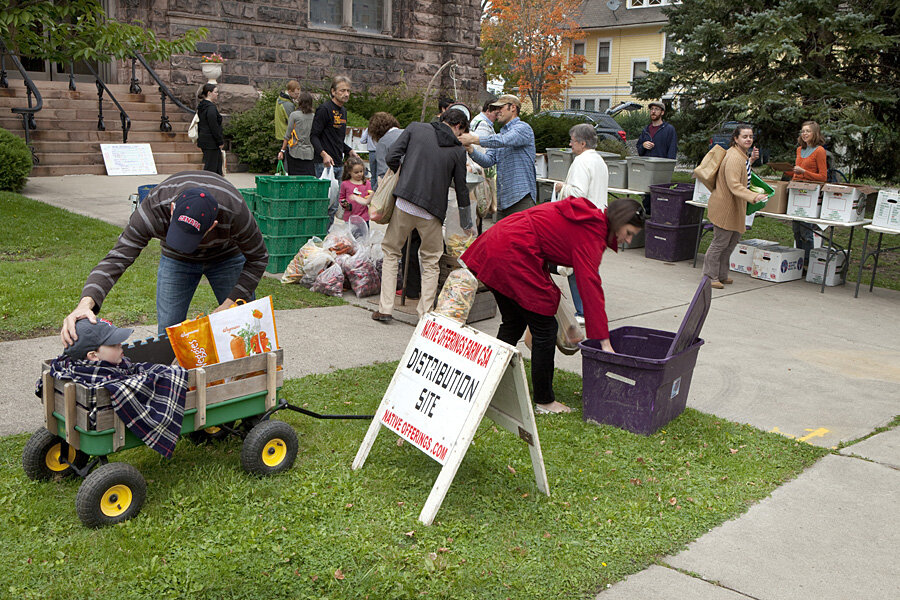Community supported agriculture (CSA) is a community of individuals who support a farm operation that is either legally or spiritually the community’s farm, according to the US Department of Agriculture. Both the growers and consumers support the farm and share both risks and benefits of the farm’s food production. That translates to covering costs and farmers’ salaries, and in return, receiving shares of the farm’s produce.
There are CSAs and similar programs all over the world. In Fall Creek, Wisconsin, the Katydid Ranch is a 40-acre farm with 40 members in a CSA program. Members can purchase shares, which can include foods like kale, snow peas, and radishes during the summer, or eggplant, potatoes, and winter squash during the fall season. In Germany, a similar project called Prinzessinnengarten is an urban farm inside the Berlin Wall. The project took off in 2009 in a site that had been a wasteland for over half a century. Prinzessinnengarten is German for ‘Princess gardens.’ Visitors can pick up locally-grown organic herbs and vegetables at the Prinzessinnengarten.






